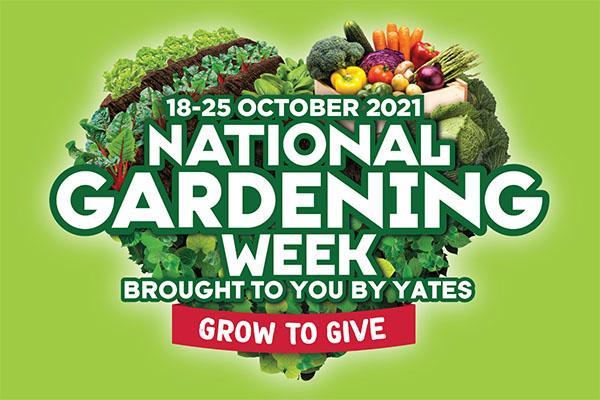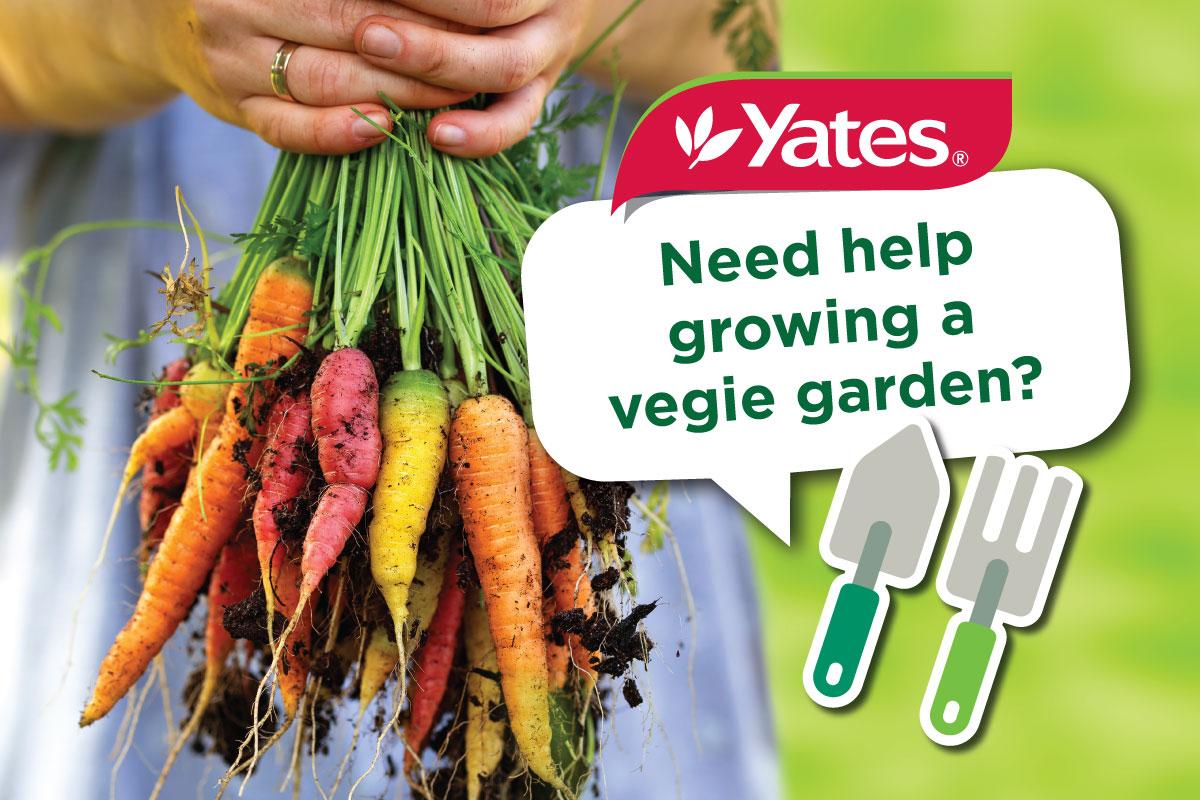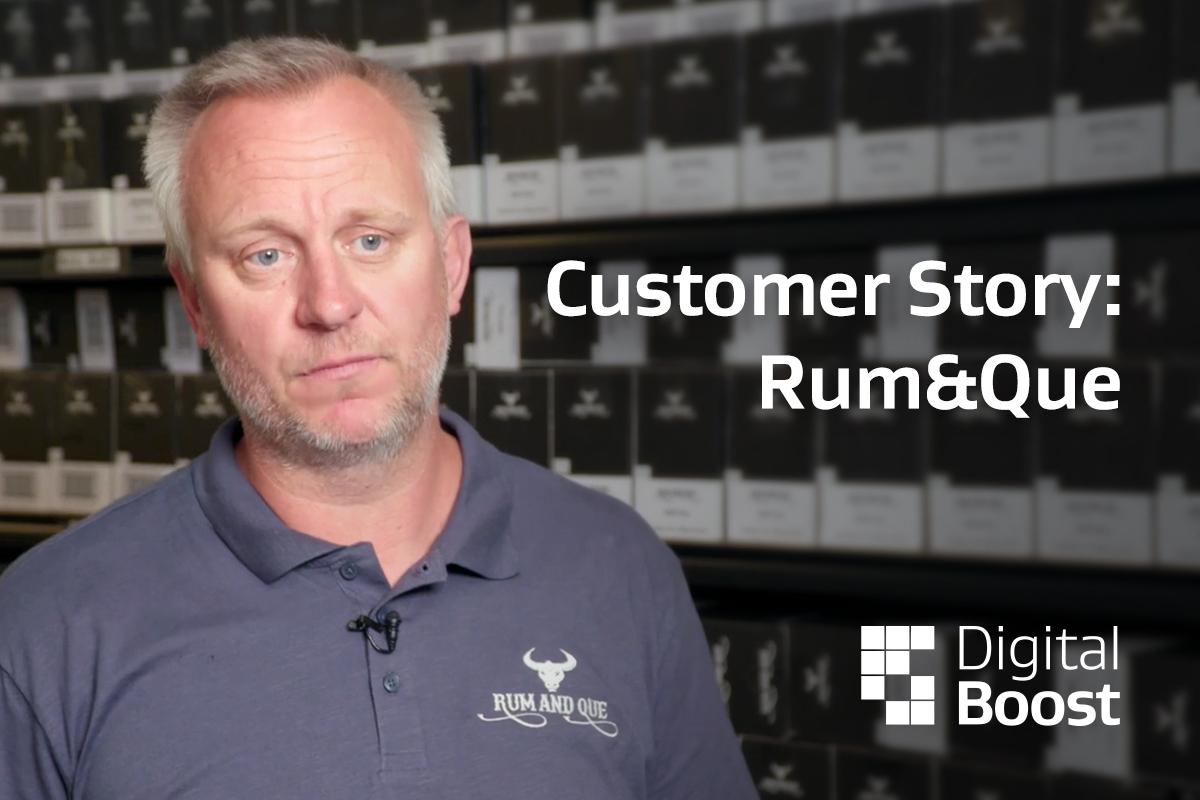
Know what’s happening
Access the private noticeboard for verified neighbours near you. Keep informed about any suspicious activity, send urgent updates to your neighbours when required and discuss emergency planning.
Get to know your neighbours
Browse the directory and start getting to know your neighbours. Don’t want to post to the whole neighbourhood? Send a private message.
Buy, sell and give away
Want to declutter your garage? Buy some used household items? Give away some garden stuff? Become a verified neighbour to browse and post items for sale. Trading is simple when everyone lives nearby.

Discover life at The Bayview
Love stunning views and resort-style living? The Bayview could be your perfect next step.

Thank you for using Neighbourly
You may receive an email confirmation for any offer you selected. The associated companies will contact you directly to activate your requests.
Looking for a job and keen to get qualified? Our job board has new opportunities being listed regularly across our 37 sectors!
And good news, we have an exciting new function available – our CV builder. Now, anyone looking for an apprenticeship or job opportunity through Competenz can use our … View moreLooking for a job and keen to get qualified? Our job board has new opportunities being listed regularly across our 37 sectors!
And good news, we have an exciting new function available – our CV builder. Now, anyone looking for an apprenticeship or job opportunity through Competenz can use our CV Builder tool to create a professional CV with the right information to get the attention of employers.
Check out our CV builder here. Or keep an eye on our Job Board for new opportunities!
Check out our Job Board

Take the survey and be in to WIN a share of $2,500 worth of prizes - including a luxury escape in Hawke's Bay, New Zealand’s food and wine country – where a sustainable weekend away tastes absolutely delicious!
Plus, each entry will also go in the draw to win 1 of 5 $100 gift vouchers … View moreTake the survey and be in to WIN a share of $2,500 worth of prizes - including a luxury escape in Hawke's Bay, New Zealand’s food and wine country – where a sustainable weekend away tastes absolutely delicious!
Plus, each entry will also go in the draw to win 1 of 5 $100 gift vouchers from the Restaurant Association of New Zealand.
Find out more

While some Kiwis are enjoying home grown vegies, many are going without vegetables altogether.
This National Gardening Week we’re encouraging gardeners to grow-an-extra-row to share with neighbours, community pantries, food banks and other local food donation agencies.
To help get your … View moreWhile some Kiwis are enjoying home grown vegies, many are going without vegetables altogether.
This National Gardening Week we’re encouraging gardeners to grow-an-extra-row to share with neighbours, community pantries, food banks and other local food donation agencies.
To help get your extra row underway Yates is lending a helping hand.
Just register online HERE between 1st and 25th October to receive a FREE packet of Yates Vegie Seeds.
Once you’ve grown your vegies to share (or if you have spare now) please visit HERE to find a list of the organisations that would welcome your donation of fresh homegrown vegies.
Find out more

Just like times change, so should your will – so it’s important to keep it up to date.
You’ve built a life around the things and people that matter most. An up-to-date will is the best way to protect your legacy and share it with the people you love.
If you last made… View moreJust like times change, so should your will – so it’s important to keep it up to date.
You’ve built a life around the things and people that matter most. An up-to-date will is the best way to protect your legacy and share it with the people you love.
If you last made a will back in the days of cassette tapes and telethons, it may be time for an update.
Find out more

Join this supportive & fun online community, for local help to successfully grow your own vegies.
Yates are growing an online community of gardeners, and it’s free to join! Whether you’re just getting started, or an old hand – we can all do with help & support on the journey of … View moreJoin this supportive & fun online community, for local help to successfully grow your own vegies.
Yates are growing an online community of gardeners, and it’s free to join! Whether you’re just getting started, or an old hand – we can all do with help & support on the journey of growing our own food.
Yates expert Sarah O’Neil will be on hand to help with problems too. Plus there are over $4000 worth of prizes up for grabs!
Find out more

Our homes can be our greatest investment and protecting our homes against climate change has become more important than ever.
Our changing climate poses risks to our natural and built environments. Swiss Re in a global analysis of insurance risk said to “expect climate risks to raise global … View moreOur homes can be our greatest investment and protecting our homes against climate change has become more important than ever.
Our changing climate poses risks to our natural and built environments. Swiss Re in a global analysis of insurance risk said to “expect climate risks to raise global property premiums by 33-41% between 2020 and 2040”. The potential increase was deemed a direct consequence of our changing climate.
Our Climate Insights property report provides easily understood information on change to risks for your current or a future property. The report includes robust and actionable information for residential property owners, tenants and investors to enhance their property’s climate resilience.
Find out more

The Team from Neighbourhood Support New Zealand
Join the rest of the motu on October 28 by taking part in our national earthquake drill and tsunami hīkoi, ShakeOut. Signing up only takes 2 minutes and when you do, you’ll be entered to win a personal emergency grab bag or civil defence wheelie bin kit from NZ Civil Defence.
ShakeOut takes … View moreJoin the rest of the motu on October 28 by taking part in our national earthquake drill and tsunami hīkoi, ShakeOut. Signing up only takes 2 minutes and when you do, you’ll be entered to win a personal emergency grab bag or civil defence wheelie bin kit from NZ Civil Defence.
ShakeOut takes place around the world to remind people of the right action to take during an earthquake:
DROP - down on your hands and knees. This protects you from falling but lets you move if you need to.
COVER - your head and neck (or entire body if possible) under a sturdy table or desk (if it is within a few steps of you). If there is no shelter nearby, cover your head and neck with your arms and hands.
HOLD - on to your shelter (or your position to protect your head and neck) until the shaking stops. If the shaking shifts your shelter around, move with it.
Head to www.shakeout.govt.nz... to sign up today and get involved!

Our short course will give you the skills to stay connected with your whānau and friends.
Learn how to get online safely and navigate websites and apps with confidence.
We’ll show you how to:
• send and check emails
• use tools to create, organise, and connect … View moreOur short course will give you the skills to stay connected with your whānau and friends.
Learn how to get online safely and navigate websites and apps with confidence.
We’ll show you how to:
• send and check emails
• use tools to create, organise, and connect with the digital world
• solve common problems using online resources
• explore day-to-day tasks such as online shopping and banking
• stay safe when you’re online
• online and face-to-face class options available
Free classes | Book now - 0800 526 672
Find out more

The Team from Digital Boost
Knowing your way around a BBQ is one thing, but turning that talent into a business is another skill altogether. Rum & Cue is an award-winning meat rub side-hustle that’s just been taken full-time - here’s their story
Head to Digital Boost today (for free) and before long you, too, could… View moreKnowing your way around a BBQ is one thing, but turning that talent into a business is another skill altogether. Rum & Cue is an award-winning meat rub side-hustle that’s just been taken full-time - here’s their story
Head to Digital Boost today (for free) and before long you, too, could be transforming a weekend passion into the business of your dreams.
Sign up now

The Team from NZ House & Garden Tours
Do you love all things homes, interiors and gardens? If so, we have the perfect event for you!
Our ever-popular sellout NZ House & Garden Tours are back for 2022! 🏡 🌸
We’re visiting locations across the country, so make this summer one to remember and join us as we step inside the … View moreDo you love all things homes, interiors and gardens? If so, we have the perfect event for you!
Our ever-popular sellout NZ House & Garden Tours are back for 2022! 🏡 🌸
We’re visiting locations across the country, so make this summer one to remember and join us as we step inside the pages of NZ House & Garden magazine exploring some of the most interesting homes in Aotearoa. Plus it's all for a good cause, with proceeds from tickets sales going towards Breast Cancer Foundation NZ.
Tickets are now on sale. To book and to find out more about all the tour options available, check out our website: www.nzhouseandgardentours.co.nz...

32 replies (Members only)
The Team from Neighbourhood Support New Zealand
To help Neighbourhood Supporters across the country get better prepared this month, we’ve teamed up with National Emergency Management Agency to give away an emergency preparedness grab n’ go bag to 2 lucky winners.
Head to our Facebook or Instagram to enter:
facebook.com/nsnewzealand
… View moreTo help Neighbourhood Supporters across the country get better prepared this month, we’ve teamed up with National Emergency Management Agency to give away an emergency preparedness grab n’ go bag to 2 lucky winners.
Head to our Facebook or Instagram to enter:
facebook.com/nsnewzealand
instagram.com/neighbourhoodsupportnz/

Advertise your entry-level and apprentice roles with Competenz through our Free online job board, we have pre-qualified and motivated jobseekers ready to match with your organisation.
Find your next apprentice with Competenz!

We’re very excited to announce NZ Compare as our new Neighbourly partner.
NZ Compare help Kiwis compare what’s out there, discover new products and services, and save on utility bills, online shopping and financial services.
We look forward to working alongside NZ Compare as they help our … View moreWe’re very excited to announce NZ Compare as our new Neighbourly partner.
NZ Compare help Kiwis compare what’s out there, discover new products and services, and save on utility bills, online shopping and financial services.
We look forward to working alongside NZ Compare as they help our Neighbourly community save time, money, and hassle, at the shops and services that help us live better, more connected local lives.
Please join us in welcoming NZ Compare and stay tuned for tips and tricks on how you can save on everything from your household bills to takeaways, as well as plenty more exciting and informative content.
Learn more

The people who live in Ryman villages remain true to themselves, whether that’s continuing with their passion, making the most of every minute, challenging themselves to learn something new, or surrounding themselves with people who like to have fun.
As Lynette, a resident at Edmund Hilary … View moreThe people who live in Ryman villages remain true to themselves, whether that’s continuing with their passion, making the most of every minute, challenging themselves to learn something new, or surrounding themselves with people who like to have fun.
As Lynette, a resident at Edmund Hilary village, says “A lot of people still believe that you're going to a rest home. They don't know the concept of a retirement village. You go there, it's beautiful. You've got facilities. You've got activities. And you don't stop living.”
Retirement is a chapter of life that’s filled with possibility. Choose the lifestyle you want to live and proudly embrace every opportunity. It’s what Ryman residents do.
Learn more
 Loading…
Loading…
Are you sure? Deleting this message permanently removes it from the Neighbourly website.
 Loading…
Loading…
© Neighbourly 2025
